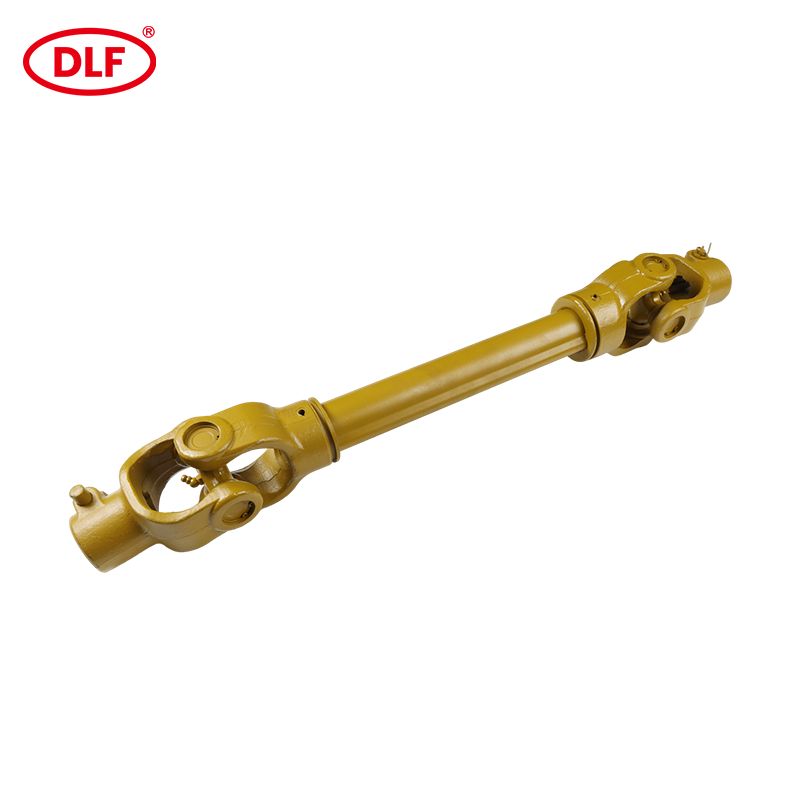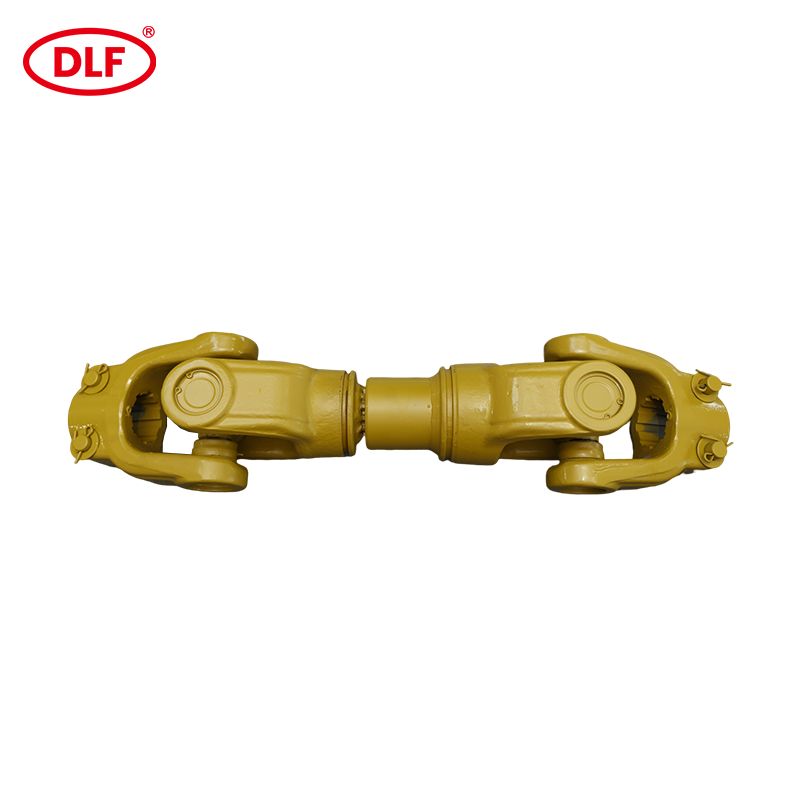Introduction:
In the ever-evolving world of agriculture, the efficient use of machinery is essential for maximizing productivity and ensuring optimal performance. One crucial component of agricultural machinery is the drive shaft. To assist farmers and agricultural professionals, we present a comprehensive guide on correctly utilizing agricultural machinery drive shafts. Understanding its functioning, maintenance, and safety protocols can significantly increase machinery longevity, overall efficiency, and promote cost-effective practices.

Understanding the Drive Shaft:
The drive shaft serves as a vital mechanical element, transmitting rotational force from the tractor's power take-off (PTO) to various agricultural implements. Whether it's powering a machinery attachment or a vehicle, understanding the various components and functions of drive shafts is imperative.
Firstly, the drive shaft consists of a hollow tube with a universal joint at each end, ensuring flexibility to accommodate changes in angles between the tractor and implement. Moreover, it is essential to comprehend the power ratings and safe operating speed limits specified by the manufacturer, ensuring optimal performance and avoiding damage.
Maintenance and Lubrication:
Proper maintenance and regular lubrication are paramount for the longevity and efficient functioning of agricultural machinery drive shafts. Ensuring the following practices can greatly reduce wear and tear, prevent breakdowns, and minimize costly repairs:
1. Regular Inspection: Periodically inspect the drive shafts for any signs of damage, such as cracks, loose bolts, or bent components. Identify and rectify these issues promptly to avoid exacerbation.
2. Lubrication: Apply a suitable high-quality lubricant to the drive shaft's universal joints regularly. This helps reduce friction, heat, and wear, thereby extending the life of the drive shaft and its components.
3. Balanced Operation: Implement balanced operation techniques while using machinery. This involves maintaining consistent speeds, avoiding excessive vibration, and preventing sudden starts or stops, which can strain the drive shaft.
Safety Precautions:
Prioritizing safety measures is crucial when operating agricultural machinery drive shafts. A few essential precautions to ensure a safe working environment include:
1. Proper Attire: Wear appropriate clothing and personal protective equipment (PPE) like gloves and goggles while dealing with agricultural machinery, including drive shafts.
2. Engage Power Take-Off Safely: Never attempt to engage or disengage the drive shaft while the power take-off is operational. Shut off the tractor's engine and ensure all machinery is at a standstill before making any adjustments.
3. Implement Guards: Install drive shaft guards as specified by manufacturers to keep the rotating components enclosed, effectively preventing accidents and injuries.

Conclusion:
By understanding the correct utilization, conducting regular maintenance, and adhering to essential safety guidelines, farmers and agricultural professionals can optimize the performance and service life of agricultural machinery drive shafts. This comprehensive guide sheds light on the importance of drive shafts as essential components, elucidates their functioning, and emphasizes the significance of safety protocols.
Efficient utilization and maintenance practices will not only enhance productivity but also minimize downtime, reduce repair costs, and contribute to sustainable agricultural practices. With a well-maintained drive shaft mechanism, farmers can harness the full potential of their machinery, ensuring smooth operations and improved performance in the agricultural sector.
Post time: Sep-20-2023

